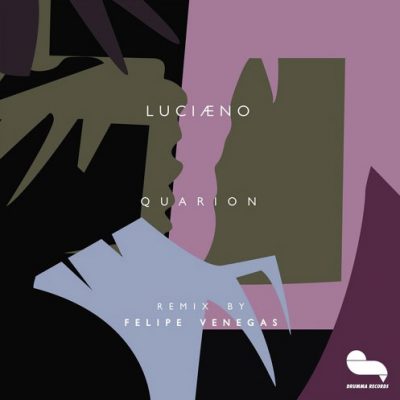Project Description

Amnesie – Luciano & Francesco Tristano
Part of the Techno material Francesco Tristano was working on over the last few months has already appeared on the “Piano, Hats & Stabs” E.P., his first record for Get Physical. Some of those tracks are re-appearing now on “Body Language” in the form they were originally intended to be: as pieces, designed to fit into a much more ambitious and complex construction. With the exception of “The Harvest” – a Jazz classic, identifiable as Proto-Techno, that opened Joe Zawinul´s album Dialects (1986), which importance could be compared to Herbie Hancock´s “Rockit”, Francesco Tristano´s entire journey expresses itself in form of original productions (“Ongaku”, “Jinguru”), written in collaboration with other musicians. Here we are listening for the first time to “Amnesie”, half-half with Luciano, or the new project KhalifeSchumacherTristano, which was born from the ashes of “Aufgang” and remixed by Reboot – or material that was given to him by partners of the label, friends and other artists from his surroundings, like P41, aka the sound engineer Edoardo Pietrogrande; or Danton Eeprom, ex-partner in the Infiné days; Cardopusher, neighbour in Barcelona; and also M.A.N.D.Y., representatives of his new home-label, Get Physical.
On a traditional DJ album, the added value lies apart from the musical selection in the bravery of the mix. In the case of Body Language, the importance is not so much in the beat-matching, but much rather in the key-mixing. To round off the transitions of the tracks, Francesco Tristano has deployed all his musical wisdom, to add layers of synthesizers and piano attacks all over the place, to complete the rhythmic journey with a dense harmonic richness. His own tracks are born from piano grooves – you might even notice some chords borrowed from the “Suite In A Minor” by Jean-Philippe Rameau, one of the most important composers of the French baroque – and are always expanding in the depth of outer space. The result may sound familiar on first listening, but it becomes deeper when paying attention to the details and chord progressions. The architecture of the composition is actually quite surprising: Deep House and Detroit 2.0 with a sonic density, which is unknown in contemporary club music. The expression that best describes the musical philosophy of Francesco Tristano
























